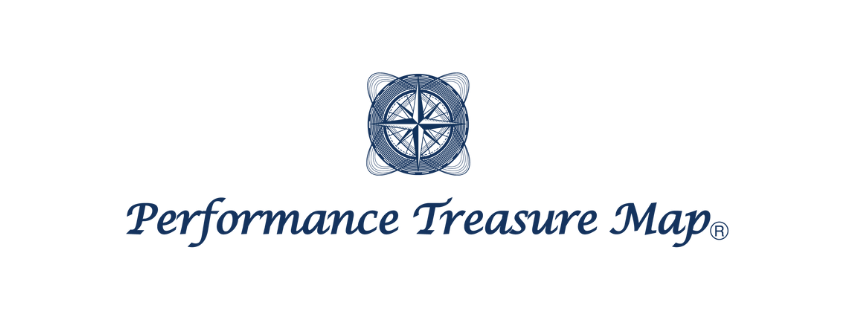I would like to explain the overview of the Press in the Original K-Map (K-Map).
The Meaning of Performing Press

Are you perhaps doing press-type training without a clear understanding of its purpose?
Since pressing movements primarily strengthen the upper body, athletes aiming to improve jump or sprint power may perform these exercise without a clear purpose.
There is a principle called the law of comprehensiveness in training, which indicates that training the entire body is essential based on foundational principles
Types of Press in K-Map
The most famous press is the bench press. It is often performed to strengthen the pectoral muscles.
In addition to the classic bench press, K-Map also explains shoulder exercises such as the front press, back press, and explosive push press.
Pressing is particularly useful in contact and collision sports. In these sports, the ability to transfer ground reaction forces from the legs to the upper body can enhance competitive strength.
By converting the earth’s power into your own strength, you can achieve overwhelming impact.
Kazuma Yamazaki
Components of Press
The components necessary for performing the deadlift in K-Map consist of three aspects:
Range of Motion
Muscle Function
Technique
Additionally, these components are linked with training exercises in a progressive manner (some videos are provided).
This page explains the “bench press” in K-Map.
Range of Motion
The key joint ranges of motion for the bench press include:
☑ Thoracic extension range
☑ Scapular retraction and depression range
☑ Shoulder external rotation range
☑ Shoulder horizontal extension range
The bench press involves performing horizontal extension and flexion of the shoulder joint while maintaining an arched position with the back. Securing these ranges of motion is essential for maximizing pectoral muscle stretch and efficiently transferring lower body strength to the upper body.
K-Map explores methods (training exercises) to acquire this mobility and constructs connections within the map.
Muscle Function
Primary Muscle Functions:
☑ Activation of primary muscles such as the pectoralis major and triceps
☑ Stabilizing the shoulder joint with the rotator cuff
☑ Maintaining the packing position with scapular retraction and depression
☑ Extensor strength of the knee joint for leg drive
☑ Abdominal pressure and core muscle stability

Compared to other chest exercises, the bench press mobilizes the entire body’s muscle function, allowing for coordinated muscle activation, which is why it can handle heavier weights!
Technique
Here are techniques for the bench press:
☑ Achieving Packing Position:
Properly creating the packing position allows for overwhelming pectoral muscle stretch.
☑ Achieving Leg Drive:
Extending the knees during the lift strengthens the arch, allowing for a more powerful lift.

If you can perform the above two techniques, your lifting weight will significantly increase!
K-Map links correct bench press videos and descriptions, enabling you to visually and verbally confirm proper movements!
Why is Pressing Necessary for Athletes?
The muscles in the front of the body and around the shoulders trained through pressing may not directly contribute to jump or sprint power. However, in sports involving contact or competition with others, or those requiring throwing, the ability to transfer pressing strength from the lower to upper body becomes crucial.
By deeply exploring different types of pressing in K-Map, the following becomes possible:

y conveying which abilities are needed at various stages of competitive movements based on the principle of training awareness, the transfer to sports performance becomes smoother!

This post is also available in ja.


